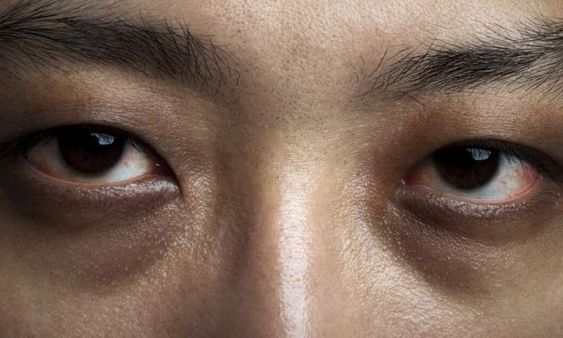Introduction
Sjögren's syndrome is a chronic autoimmune disorder that affects the body's moisture-producing glands. It primarily targets the salivary and lacrimal glands, leading to dryness of the mouth and eyes. While the exact cause of Sjögren's syndrome remains unknown, it is believed to involve a combination of genetic predisposition and environmental triggers. This condition is more prevalent in women than men, and it typically emerges in middle age, although it can occur at any age.

Sjögren's syndrome can significantly impact a person's quality of life. The constant dryness can be uncomfortable and interfere with daily activities like eating, speaking, and reading. In addition to the hallmark symptoms of dry eyes and mouth, individuals with Sjögren's syndrome may experience fatigue, joint pain, and skin rashes.
Causes of Sjögren's Syndrome
The exact cause of Sjögren's syndrome is not fully understood, but research suggests a complex interplay of genetic and environmental factors. Some of the key elements believed to be involved include:
- Genetics: A family history of autoimmune disorders, including Sjögren's syndrome, increases the likelihood of developing the condition.
- Hormonal Factors: The higher prevalence of Sjögren's syndrome in women suggests a possible role of hormones in the disease's development.
- Environmental Triggers: Exposure to certain viruses or bacteria may trigger an immune response in susceptible individuals, leading to the onset of Sjögren's syndrome.
Symptoms of Sjögren's Syndrome
The hallmark symptoms of Sjögren's syndrome are dry eyes and mouth, but the condition can manifest in various ways. Some common symptoms include:
- Dry Eyes: A persistent gritty or sandy sensation in the eyes, accompanied by burning or itching.
- Dry Mouth: Difficulty swallowing, speaking, or tasting food due to reduced saliva production.
- Fatigue: Chronic fatigue and lack of energy can significantly impact daily life.
- Joint Pain: Many individuals with Sjögren's experience joint pain, stiffness, and swelling.
- Skin Rashes: Dry, itchy skin rashes can develop, particularly on the legs and arms.
Diagnosis and Treatment of Sjögren's Syndrome
Diagnosing Sjögren's syndrome involves a combination of physical examinations, blood tests, and specialized eye and salivary gland tests. There is no cure for Sjögren's syndrome, but treatments focus on managing the symptoms and preventing complications. This can include:
- Artificial Tears and Saliva: Over-the-counter or prescription eye drops and oral rinses can help alleviate dryness.
- Medications: Medications can stimulate saliva production, suppress the immune system, and manage pain and inflammation.
- Lifestyle Changes: Staying hydrated, using humidifiers, and avoiding smoking can help manage dryness.

.jpg)